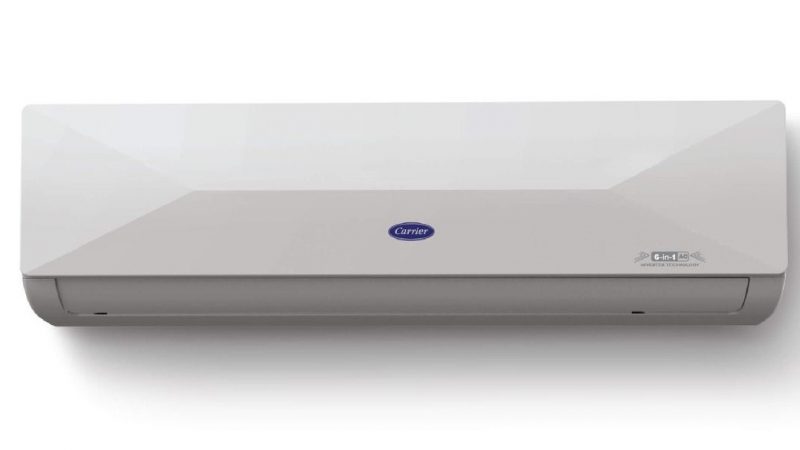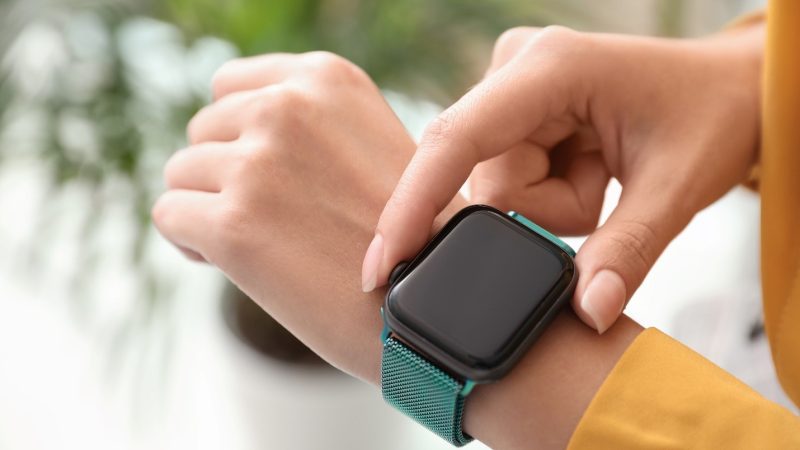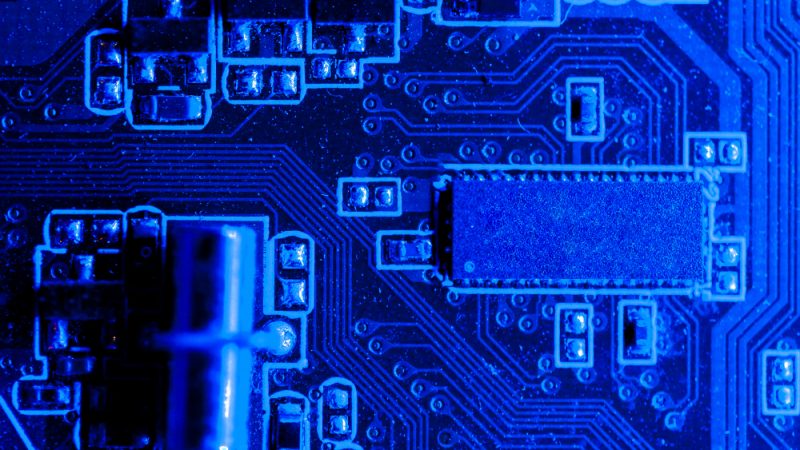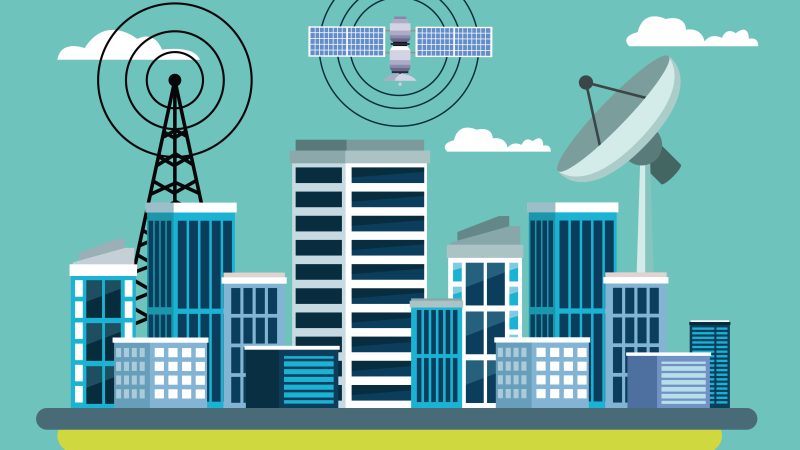Humidity Sensors: Understanding The In-Depth Concept And Their Applications
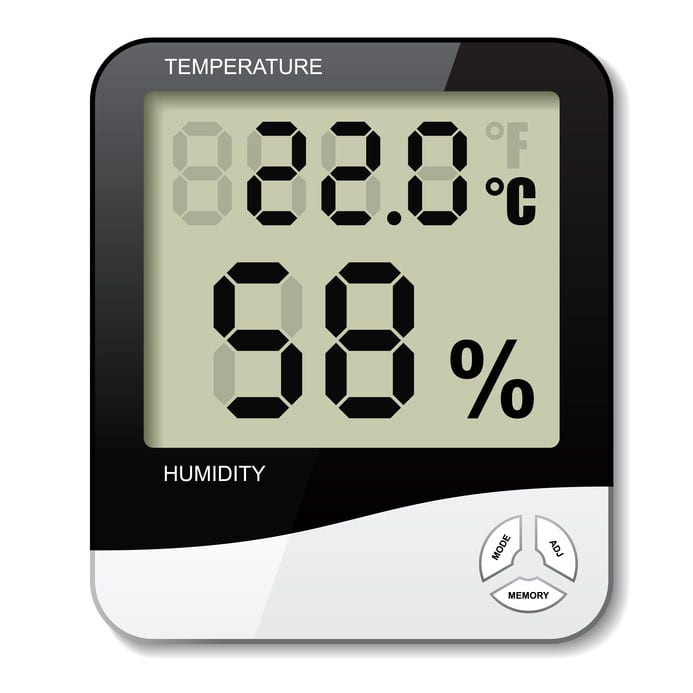
Humidity, as we all know, is the amount of water in the air. In simple terms, it is water in gaseous form. Humidity plays an essential role in our life-determining our health and the way we feel the earth’s weather. Likewise, it also affects our surroundings. This is why there are devices developed to measure humidity levels. These devices are used to provide the actual humidity condition within the air at any given point or in any given place. These devices are known as humidity sensors or hygrometers.
Check them in detail.
What Are Humidity Sensors?
As the name suggests, humidity sensors are the devices that measure the humidity in the environment and convert these findings into a corresponding electrical signal.
Humidity sensors are also called hygrometers and are devices that sense, measure, and display moisture and air temperature.
Humidity is usually expressed in the form of relative humidity. Hygrometers are used to measure this relative humidity.
The relative humidity is the air’s water vapor content ratio compared to the saturated water vapor level at the same temperature or pressure.
Temperature and humidity are the two concepts closely related to each other. It is well-known that if the temperature is 0°C, it indicates less humidity. When we say less humidity, it means the air is dry.
In contrast, when the temperature is 100°C, the humidity is high, which means the water content of the air is high.
Humidity sensors contain a humidity sensing element and a thermistor used to measure temperature.
Types of Humidity Sensors
Humidity sensors are of three types and monitor minor changes in the atmosphere to calculate humidity in the air.
Capacitive humidity sensors are linear and measure relative humidity. A metal oxide strip is placed between two electrodes. The electrical capacity of this oxide strip changes as it detects changes in the humidity levels.
Resistive humidity sensors use ionized salts between two electrodes to measure humidity. These salt ions measure the electrical resistance of the atoms. With the change in humidity, the resistance of the electrodes also changes, thus detecting the humidity levels.
Thermal sensors use a dual sensor system, where one thermal sensor is placed in a layer of dry nitrogen, and the other freely measures air. The humidity is reflected in the difference between these two calculations.
How Do Humidity Sensors Work?
Humidity sensors or hygrometers detect the changes that change electrical currents or temperature in the air. They work by detecting changes that alter electrical currents or temperature in the air.
The three basic types of humidity sensors seen above, capacitive, resistive, and thermal, monitor minute changes in the atmosphere to calculate the humidity in the air.
What Is The Need For A Humidity Sensor?
Humidity influences both living organisms as well as materials. It can also affect its electrical conductivity, mechanical properties, and thermal conductivity.
In electronics manufacturing, lower humidity may result in lower output from production due to an increase in electrostatic discharge. Therefore, humidity control becomes crucial in all of our activities.
This is why a need to measure the humidity levels was realized. Hence, humidity sensors came into existence.
These humidity properties make it a significant factor for operating sensitive equipment like electronics, industrial equipment, and many more areas.
Applications Of The Humidity Sensor
- Humidity sensors or hygrometers are used in:
- Measuring humidity in the air
- Measuring the amount of water vapor in the air
- Measuring the temperature of the air
- to take note of the weather patterns and use that to predict what will come
- Incubators
- Saunas and museums.
- Taking care of wooden musical instruments like guitars, violins
- They are helpful in data logging, data recording, validation, and mapping to create accurate reports for measuring and tracking humidity in industrial standards.
- Greenhouses, nurseries, storage units, research labs, and food stores
Conclusion
Modern Humidity Sensors Are Highly Adaptable And Come In Many Shapes And Sizes And Have become an essential device in some of the most critical industries today.


